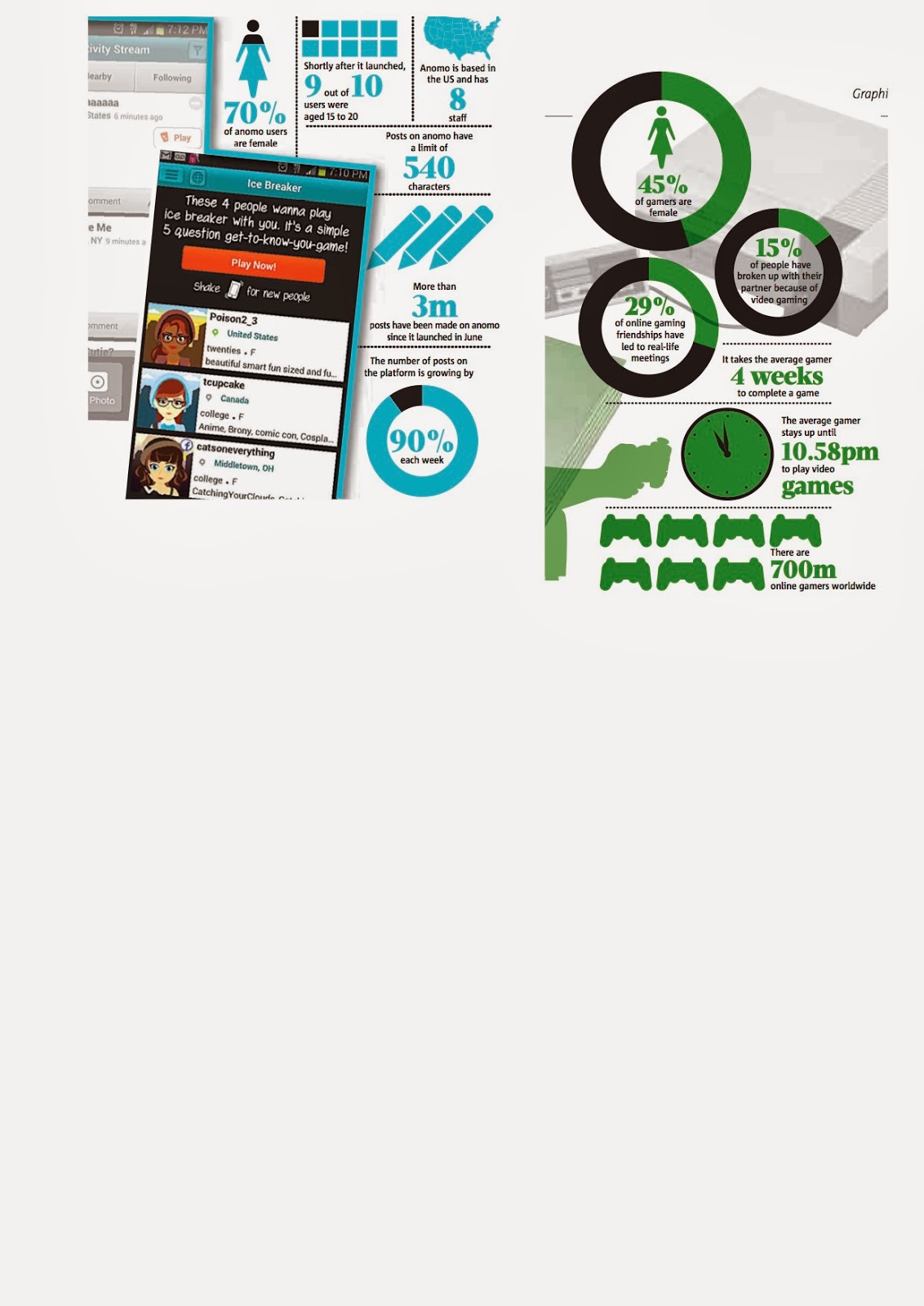 Yesterday I attended a fantastic seminar by Karen Saxby. She was a teacher and she has been producing materials for young learners. Karen is the author of the books Fun for series for Starters, Movers and Flyers, the Story Fun series and KET for Schools Trainer.
Yesterday I attended a fantastic seminar by Karen Saxby. She was a teacher and she has been producing materials for young learners. Karen is the author of the books Fun for series for Starters, Movers and Flyers, the Story Fun series and KET for Schools Trainer.I don't usually have the chance to attend seminars in my hometown or nearby so yesterday I was extremely excited to have this opportunity and Karen didn't let me down.
The seminar focused on Young Learners and it deals mainly about the following topics:
- intrinsic and extrinsic motivation
- creativity and critical thinking
- learners' success and self-confidence
Karen's presentation was bright, amusing and effective. She was able to involve all the audience. She expressed her ideas by using Realia and giving us effective practical examples. I absolutely agreed with her when she said that without caring and creativity instructions and directions are worthless to learners.

Even though the seminar focused on children and how making them feel important as individuals, I think creativity, motivation and fun are the keys for a successful learning process at any age.
In Karen's words, "you choose, you have the power". Only if we make our students feel indipendent and wonderfully different they will do their best.
Finally, two messages have stuck in my mind:
1) Our students will be much more motivated if we care about their well-being.
2) If your students are afraid of making mistakes, they will not feel confident about speaking or writing in English. Tell them that British children make mistakes too! They say things like, I wented to school. Those mens on television are funny. Making mistakes and learning how to correct them is part of the natural process of language learning. So tell your students not to be afraid to try using new words or new structures. They'll get them right if they practice... ! AND HAVE FUN in your classrooms.
Thank you, Karen.










